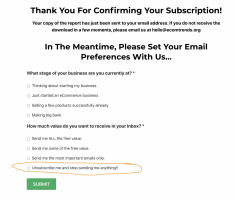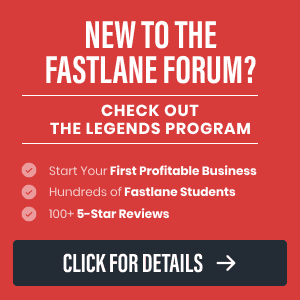Hello friend, I hope I do not offend you, but after reading your report, I was disappointed, it is more of the same, that is, basic and obvious information; with a single purpose, to capture email and subsequent promotion of the services or the Tanda Copywriting course.
For me it would have more value if they had documented a case of success where they applied the 5 steps that you mention about the application of funnels for ecommerce.
For me it would have more value if they had documented a case of success where they applied the 5 steps that you mention about the application of funnels for ecommerce.

